This post may contain affiliate links. This just means I may receive a small commission at no extra cost to you for helping them promote their product or service. I don’t endorse any services I don’t personally use or recommend.
Myanmar was absolutely not on my radar when we first began planning our long trip through Asia. But after visiting on a bit of whim & nabbing our visas in Thailand….it quickly became one of my favorite countries I’ve ever visited.
But there are some things it helps to know ahead of time. This guide covers the visa process, overland entry into a country with so many closed borders, and all the cultural customs it pays to know ahead of time.
To start off on the right foot lets address the age-old question….Myanmar or Burma?
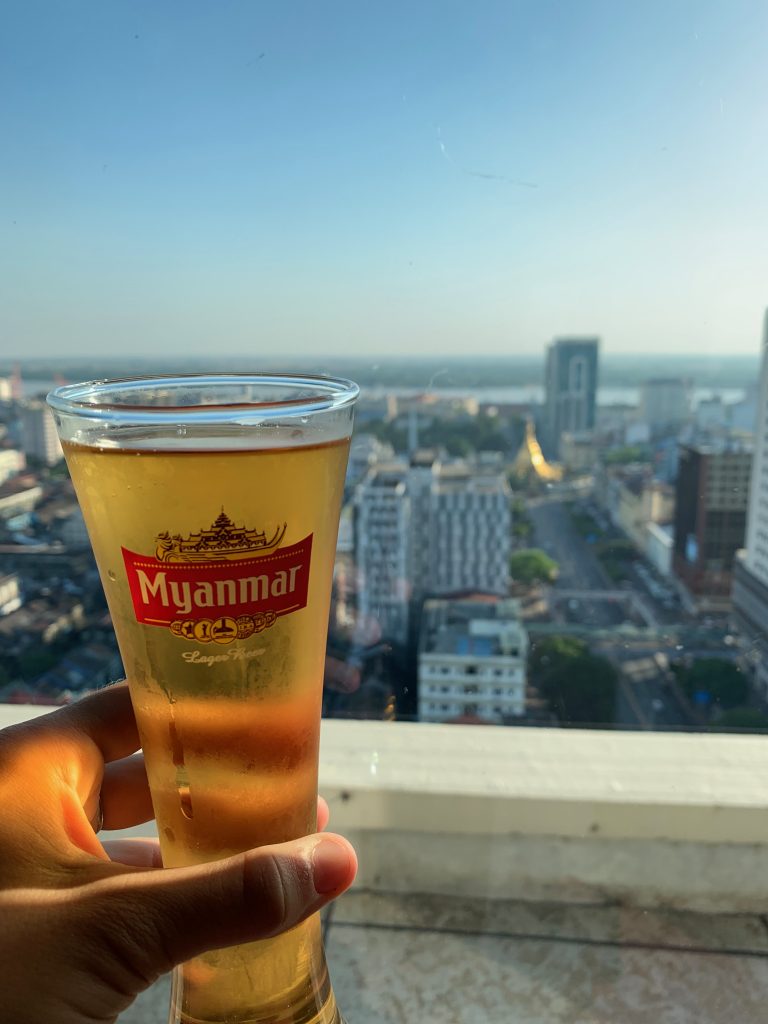
The short answer is—Myanmar. The region was called Burma during its time under British rule. Burmese used as an ethnicity, however, is often used in reference to the Bamar people (the largest ethnic group in Myanmar).
No one in Myanmar today particularly cares whether you call it Myanmar or Burma. You won’t offend anyone. But locals refer to their home as Myanmar. Often just stating “I am Myanmar” after asking where you are from.
But first, A Brief History Lesson
This is going to be very brief. Myanmar has an interesting complicated history that is relevant to its travelers of today. Mainly because they are still engaged in a civil war. Active conflict zones are still present in the region making certain regions of the country off-limits to travelers.
Myanmar has a tumultuous past riddled with civil war & suppression of ethnic minorities. But for just a brief time they enjoyed true democracy in the late 1940s as their own independence blossomed. They had some of the highest literacy rates in the world, abundant wealth in the form of teak-wood forests, silver mines, and prized dark green jade. Myanmar was on track to be a major powerhouse in the Asian economy.
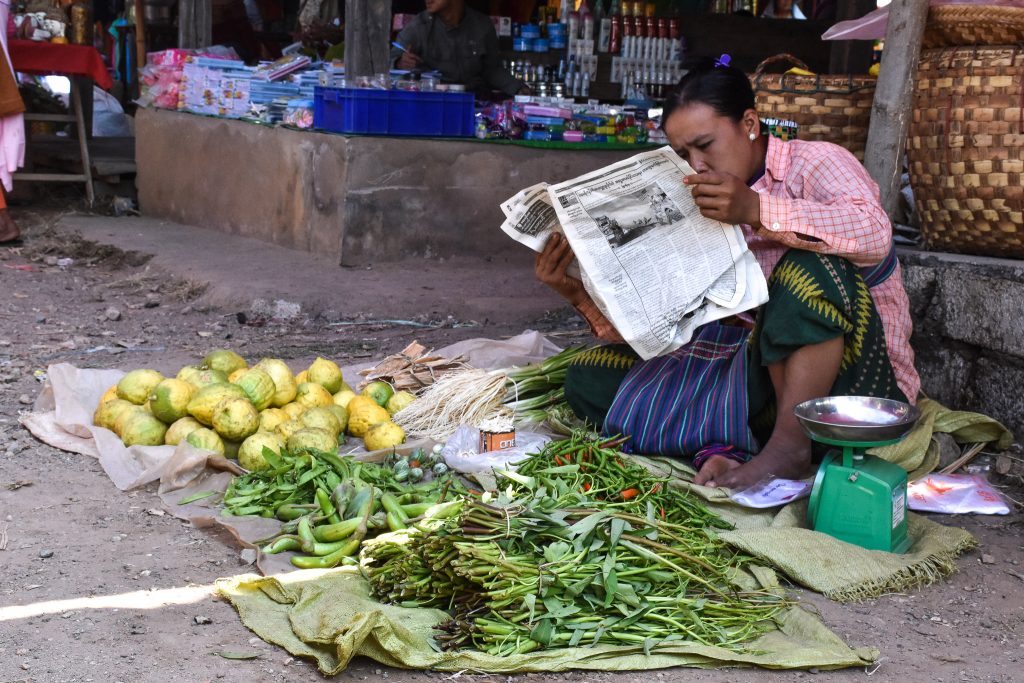
Unfortunately, this was all interrupted by an authoritarian overhaul of the government and the country descended into the military rule that it still struggles with today. They have been engaged in an active civil war for 60+ years–the longest civil war in the recorded modern-day history.
Although technically you’ll read that Myanmar is officially a democracy following the election of Aung San Suu in 2015. It does not function as one.
The military still retains all of the official power and the ethnic tribes in the North, East, and South are in the midst of modern-day genocide. You may know them as the Karen Tribe, Shan, & most famously the Rohingya Muslims.
Safety In Myanmar
So you may be wondering…is it safe to travel in Myanmar? A country still actively in conflict?
Yes. Absolutely. The ongoing conflict poses little to no threat for any traveler. No-Go zones are clearly marked. Military checkpoints create a blockade for both foreigners and locals attempting to pass into unsafe territory.
But traveling in Myanmar comes with a few extra hurdles when compared to visiting it’s Southeast Asian neighbors. The biggest being their lack of medical care. Myanmar is not a good place to hurt yourself.
Yangon is the only city in Myanmar with accredited medical facilities equipped for any kind of emergency care. And many rural towns have absolutely no facilities of any kind.
We met the friend of a very unlucky traveler who happened to get bitten by a venomous snake in Bagan & was taken to their “hospital” which turned out to be a dirty dingy garage with several metal bed frames- no sheets or pillows. There was also only one doctor whose first question was “So did you bring the snake that bit you?” Spoiler: She did survive the snake bite.
Myanmar has 7 varieties of venomous snakes. & although it is super rare for anyone to be bitten you should always keep an eye out when hiking.
Another unique potential hazard? Landmines. But before you worry too much— as long as you stay within the safe zones & don’t venture places you are prohibited from going you won’t have a problem. I’ll go ahead and link this tragic accident that killed a German tourist during our visit to Myanmar.
Overall, Myanmar is just as safe as other countries in Southeast Asia. Moreso in my personal opinion because the risk of violent crime is practically nill. It’s a Buddhist country that is craving the economic boom of tourism & the people were some of the kindest we’ve met in our travels.
A Crash Course on Burmese Culture
Myanmar is rich with tradition. It is a religious country with lots of cultural norms that you are expected to adhere to even as a guest. And this leaves lots of opportunities for the ignorant or simply uninformed tourist to have a major faux pas.
Here are the most important customs & rules to follow.
- When handing over money always use your right hand and touch your right elbow with your left hand as you do so.
- Never touch anyone’s head. Not sure why you would—but it’s definitely off-limits here.
- Remove your shoes before entering temples, holy places, and many homes. If there is a pile of shoes at the door, yours should be too.
- Avoid pointing the bottom of your feet at monks or the large central deity in temples. Also, don’t gesture at anything with your feet.
- While visiting temples make sure you are dressed conservatively. Shoulders and knees should be covered at all times. Myanmar is a conservative culture.
Although I saw several travelers wearing short shorts and tank tops, as a general rule you should always have your shoulders and knees covered. You absolutely will not find any local women in shorts or sleeveless tops. It’s best to blend in.
- If you accidentally brush someone with your foot you should promptly apologize. In case you haven’t picked up on it, feet are considered very dirty in Burmese culture.
- No PDA. Avoid kissing or excessive affection while in public.
- Don’t take photographs of people bathing or photograph monks with flash. Be a respectful photographer. It’s good practice anywhere in the world to ask permission before you photograph someone.
- Women should not touch monks. This is a big one and although many young monks may want a photo with you, don’t put your arm around them or stand too close.
- Always smile & say hello! Burmese people are extremely friendly and they also appreciate when you learn a few phrases of their own language. So don’t be shy & give it a shot.
“Mingalabar” means Hello!
“Khop Jai” is Thank You!
- Get used to seeing the cream-colored smears of Thanaka on the locals friendly faces. This bark is ground into a powder and applied daily as a suncream and to keep the skin youthful.
- Also the Longyi. A traditional cloth wrap that resembles a long skirt is worn by both men & women daily. You can even pick one up for yourself at the local market– & then youtube how to successfully tie it.
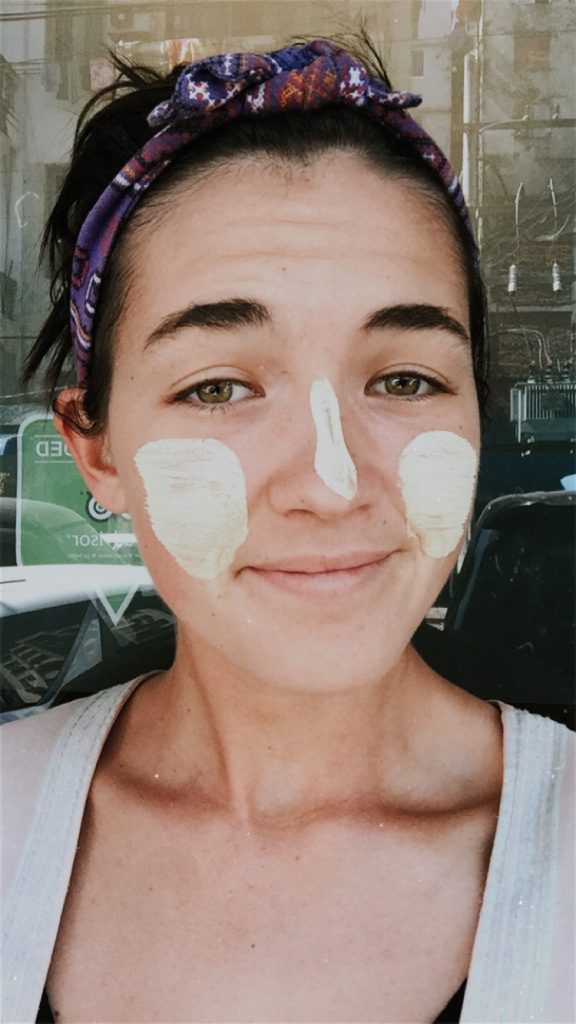
Obtaining a Visa
Almost all travelers will require a visa before they arrive at the airport or land border (unless you are a traveler holding a SouthEast Asian passport). The visa costs $50 USD & is valid for 28 days inside the country.
Recently, Myanmar rolled out an E-Visa application where you can apply online & receive your travel visa within three days. E-Visa’s cost just a few dollars more and it saves you the hassle of applying at an embassy as we did.
Getting our Visa in Thailand
We got our visa at the Burmese Embassy in Chiang Mai. The paperwork required 2 passport photos, a printed confirmation of where we are staying in Myanmar, & a printed confirmation of entry & exit from the country.
We planned on crossing the border by land which meant we had to forge paperwork for entry & exit. We booked a round-trip flight on Expedia, printed the confirmation, & then promptly canceled the flight. The Myanmar government just wants paperwork confirming you’re not going to be overstaying your visa.
If you plan to use this embassy know that you can only turn in your application Mon-Fri from 9AM – Noon. It takes 2 days to process & then you pick it up Mon-Fri from 3PM – 4PM.
Obtaining the visa no matter which route you choose is a fairly straightforward process.
For all to go smoothly you should have a few things on hand—
- Passport
- Two small 2 x 2 visa photos of your head against a white background
- An address for a hostel/hotel in Myanmar
- Confirmation of travel into & out of Myanmar (flights, bus tickets, etc.)
- $50 in cash or card if applying online.
Crossing the Land Border from Thailand
Because of the ongoing conflict in Myanmar, not all border crossings are open for entry. This can be very confusing.
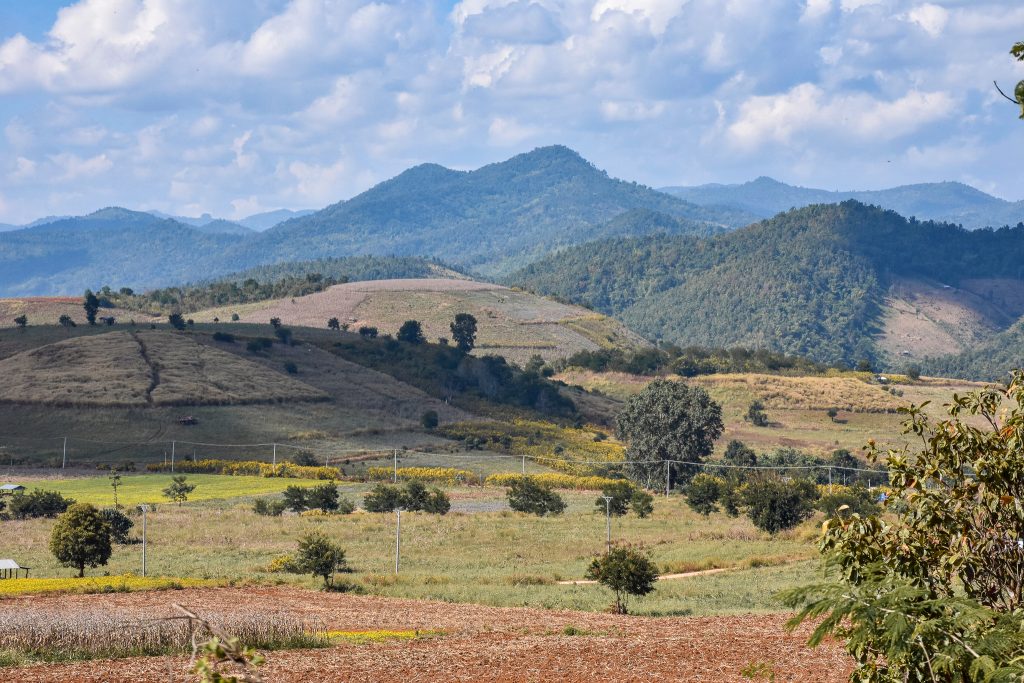
Your best option is the border at Mae Sot (Thailand) & Myawaddy (Myanmar). Mae Sot is about a 5-hour bus ride from the popular city of Chiang Mai.
Stay at Sleep Nest Hostel the night before crossing the border in Mae Sot. Not only are their pod rooms comfy & private they will provide you with the cheapest & most convienent option for getting to the border & a shared van to your desired city on the other side.
Do not try to cross the border at Mae Sai, Thailand.
The location is much more convenient since it is very close to Chiang Rai, Thailand BUT you cannot onward travel into Myanmar (aside from a very expensive flight out of Tachilek). You are only allowed to cross the border & enter into the country as far as Tachilek. You cannot continue on to the rest of Myanmar!
The region past the border town is an active conflict zone and therefore off-limits–you won’t make it very far into the country from this border.
Travel Within Myanmar
In a word–chaos.
Every rainy season roadways are submerged & destroyed, which means that they must be rebuilt every single year.
The worst stretch of road in the country is from the Thai border to my favorite town of Hpa-An. Google Maps says it takes 3 hours but often it takes closer to 6– as you rattle along dirt roads that are more pothole than actual roadway.
Don’t be surprised if your bus makes many stops along the way either. Even short public buses often stop for food breaks, to pick up packages along the way, fill up on gas, a quick car wash, or even run errands for the driver.
The most common errand was to pick up more Betel Nut. Betel Nut is an naturally grown addictive stimulant that is rampant in Myanmar. The nut is combined with tobacco and lime as well as other ingrediently to enhance the flavor and savored all day long. The blood red spit it produces stains the streets of Myanmar.
The good news? There are buses to everywhere.
Cheap local buses, VIP buses, Sleeper buses, you name it. Here are some handy things to know before you buy that bus ticket.
- Sometimes buses are early. Unheard of in the rest of Asia but it happens. Likely because your driver drove like such a maniac he managed to cut down a few hours.
- Night buses are scheduled at the most inconvenient time. Often picking you up at 6 pm and dropping you at your destination at 4 am.
- Definitely book accommodation with a 24-hour front desk for your night of travel if your bus is scheduled to get in at 7 am or earlier. You won’t get much sleep on the bus and having to wait for 8 hours to check-in at noon with no restaurants or attractions open is absolute hell.
- Don’t forget to bring a sweatshirt! They blast the A/C on these buses and it gets uncomfortably cold very quickly.
- You always stop for dinner (or lunch or breakfast). Always. It doesn’t matter if your bus leaves at 9 PM— it will stop at midnight at a cafe and ALL the locals will eat.
Overall the quality of transport in Myanmar is very good. But considering that many journeys between cities can take up to 12 hours, you’ll be thankful if you sprung for a slightly more comfortable option.
Your Transport Options
- VIP Buses. The best of the best. Normally only $3-5 more expensive these buses have comfy reclining seats, personal TVs, and snacks served along the way.
- Normal Buses. The quality of the cheaper buses can really vary, but typically your seat will recline some and it won’t be an awful experience. You can expect to spend around $8-15 for longer routes.
- Trains. This was my favorite mode of transport just for open-air cars and beautiful scenery. Although don’t expect these ancient rocking trains to be a time-saver. They often double the amount of time between cites because they move so slowly through the landscape. A 6-hour journey costs as little as $1.75 in upper class!! Don’t expect luxury though. The upper class is a simple reclining seat with open windows.
Travel Tip: Always book your buses & VIP buses at the bus station whenever possible. It’s always cheaper.
Looking to book transport cheap & online?
12.go Asia is pretty much your only option. They have cheap tickets for buses, boats, trains, and planes all over Asia. Click the banner below to start browsing.
Hop Tip: I usually look up routes on 12.go Asia before trying to book in person too. That way I have a gauge on what the prices should be.
Unfortunately, Myanmar isn’t a motorbiking country. It’s technically against the law for tourists to rent them at all (although some cities will allow you).
Military checkpoints, areas not cleared of landmines, and impossibly rough roadways make independent travel between cities impossible even if you were willing to make the long-haul journies.
Budgeting Myanmar
What does the cost of traveling Myanmar look like? SUPER AFFORDABLE!
Here’s a breakdown of the average expenses traveling within the country.
Accommodation
On average we spent $10-12 per night for a private room for two. Not the cheapest Southeast Asian country but the rooms were always clean, well-maintained, and almost always came with free breakfast!!
Breakfast was either western style (eggs, toast, fruit, juice, and coffee) or it was Myanmar breakfast–often buffet style with massive portions of rice, noodles, veggies, roti, and soups.
Food
This is where you save some serious money in Myanmar. You can expect to pay anywhere from $1-$5 per meal for two people.

Hot & Sour Potato 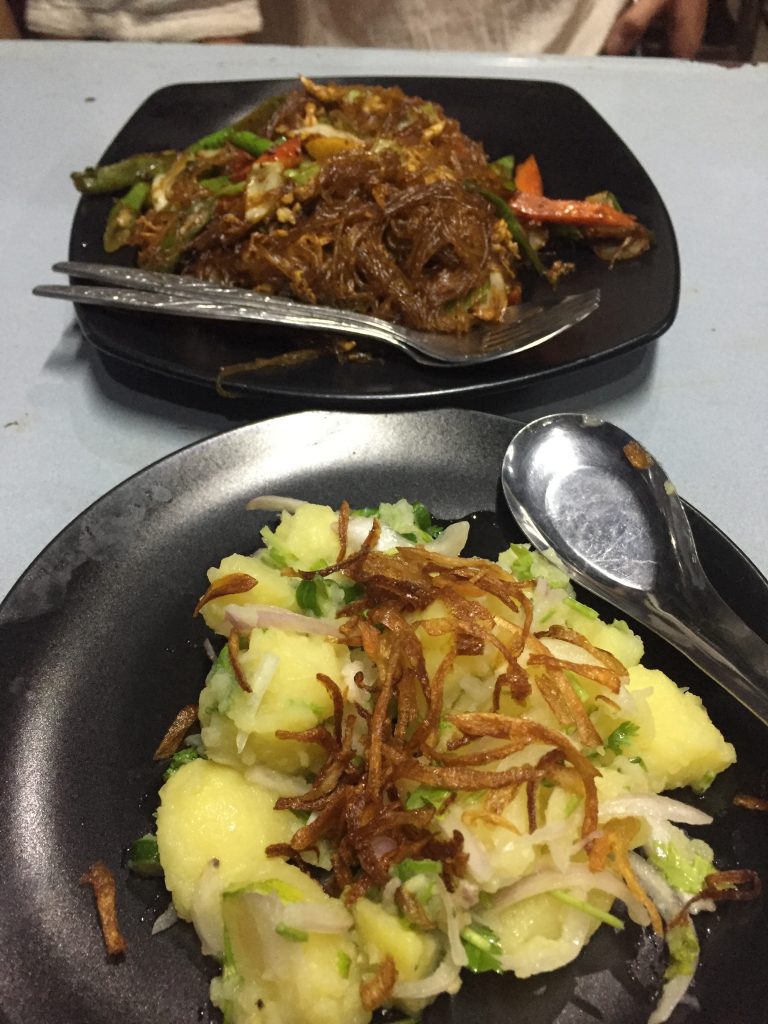
Potato Salad 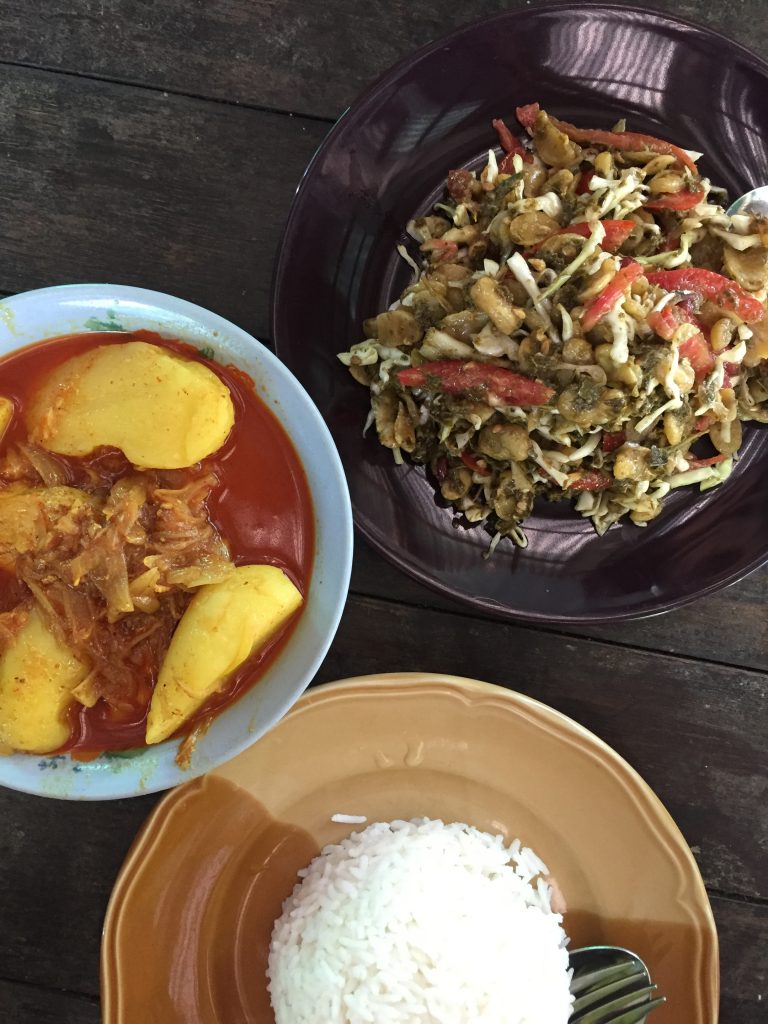
Chicken & Potato Curry W/ Fermented Tea Leaf Salad 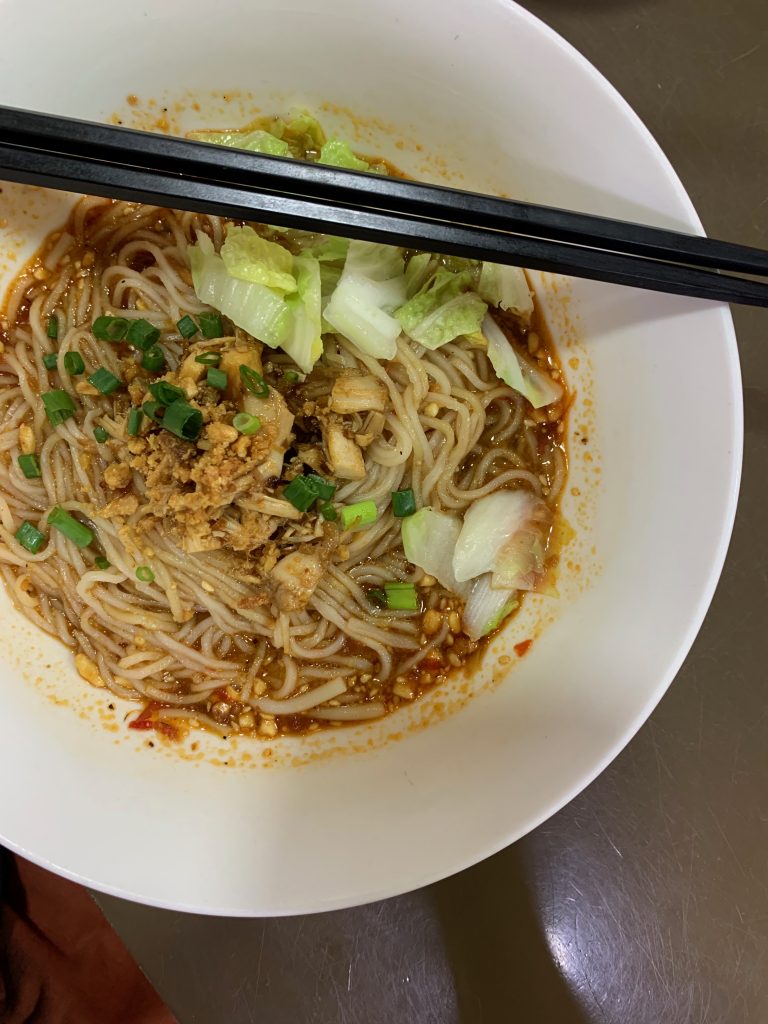
Shan Noodles 
Tomato Salad 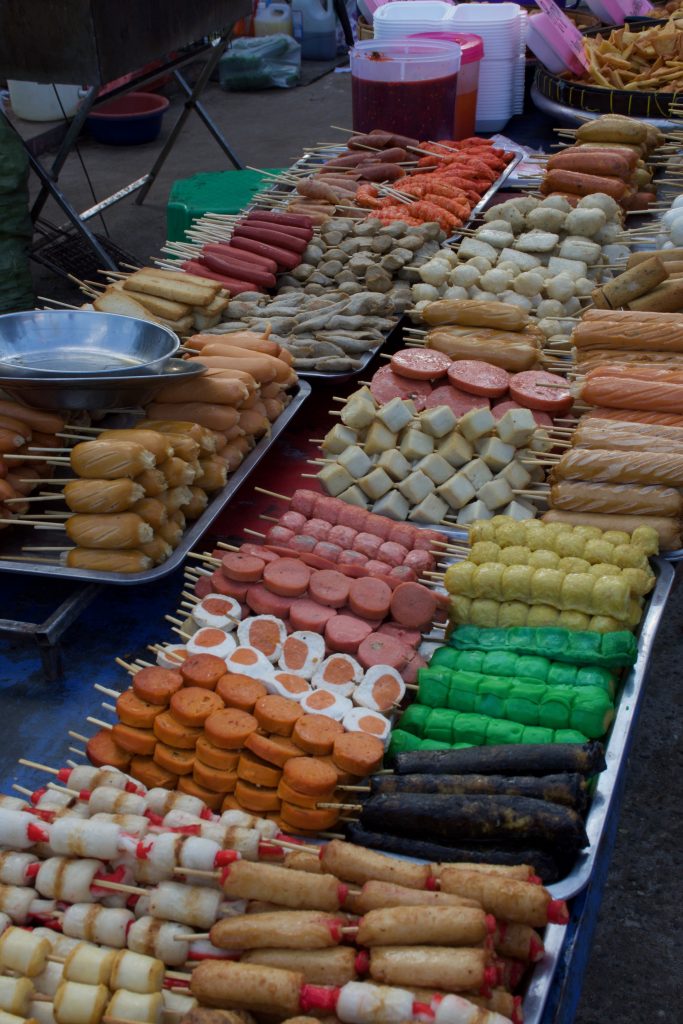
Street Meat
Don’t expect your typical westernized restaurants. Even in large cities your unlikely to find pizza or burgers without scouring the city for them. It’s best to just stick to Burmese food here.
Myanmar has my favorite food in all of Asia. Specifically, food in the Shan region. But honestly, it’s all amazing. Dishes are often spicy, vegetarian friendly, and they use plenty of potato.
“Theq Theq Lo” (phonetically) is Burmese for lifeless & a way to ensure anything you order is vegetarian friendly.
Transport
Two things to note right away. If you plan on visiting Bagan or Inle Lake (which you should) both cities have an entrance fee for foreign visitors.
Bagan: $17.50 per person
Inle Lake: $10 per person.
As for getting around, buses and trains will be the easiest option as I laid out above. Trains will cost you about $1-3 per person depending on the length of the train and buses about $8-13 per person.
For two people we spent on average $50 per day for 28 days in the country.
That budget allowed us to visit Hpa-An, Inle Lake, Mandalay, Pyin Oo Lwin, Hsipaw, Yangon, Bagan, and Ngwe Saung beach comfortably.
Myanmar is the perfect destination for those who want to get in touch with nature, experience a rich culture very different from the west, and step a little out of their comfort zone.
To help you plan your own trip to Myanmar check out these blog posts.
- Hiking in Hpa-An: My favorite town in Myanmar.
- How to Get the Most out of Your Visit to Inle Lake & Myanmar’s Floating Stilted Villages.
- 17 Must-See Attractions to Add to Your Myanmar Bucket-List
- Bagan: Channel Your Inner Indiana Jones at Myanmar’s Ancient Sunrise Temples

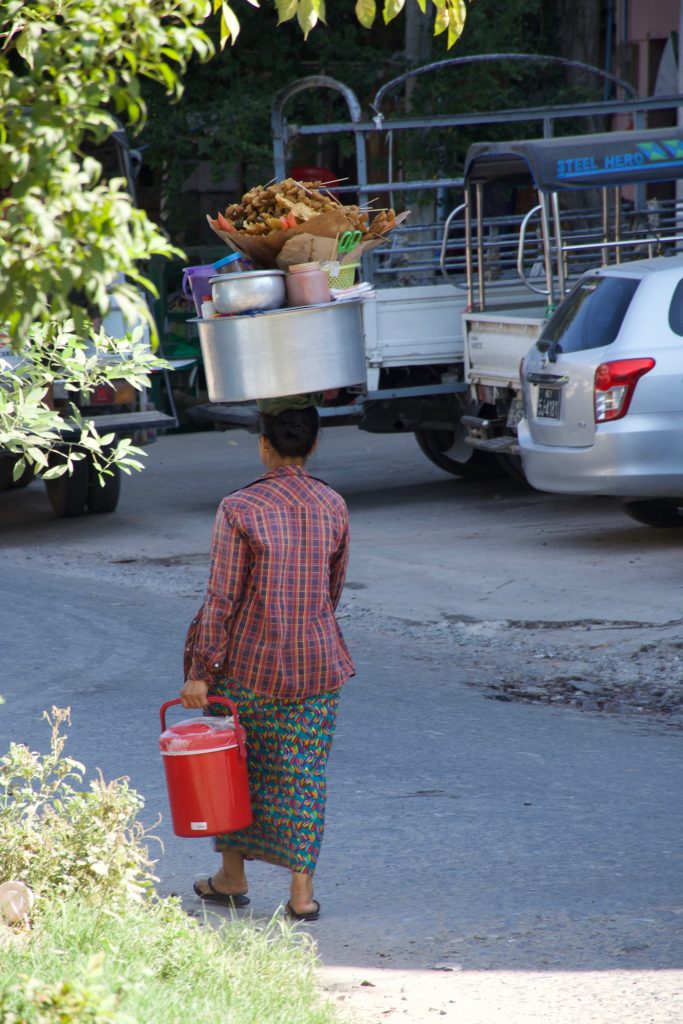


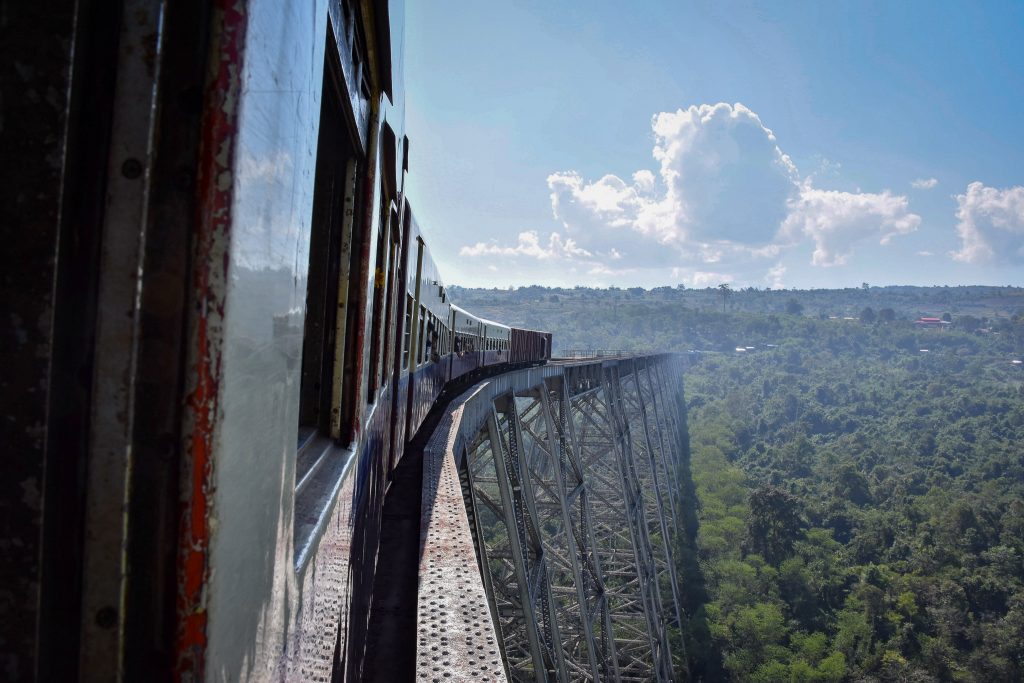

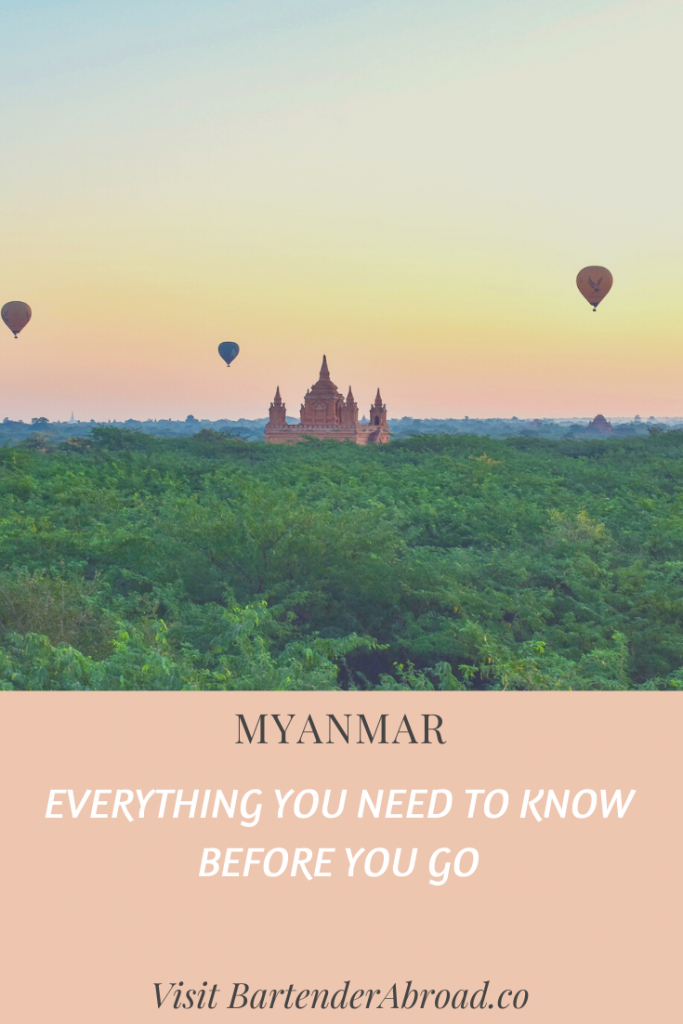
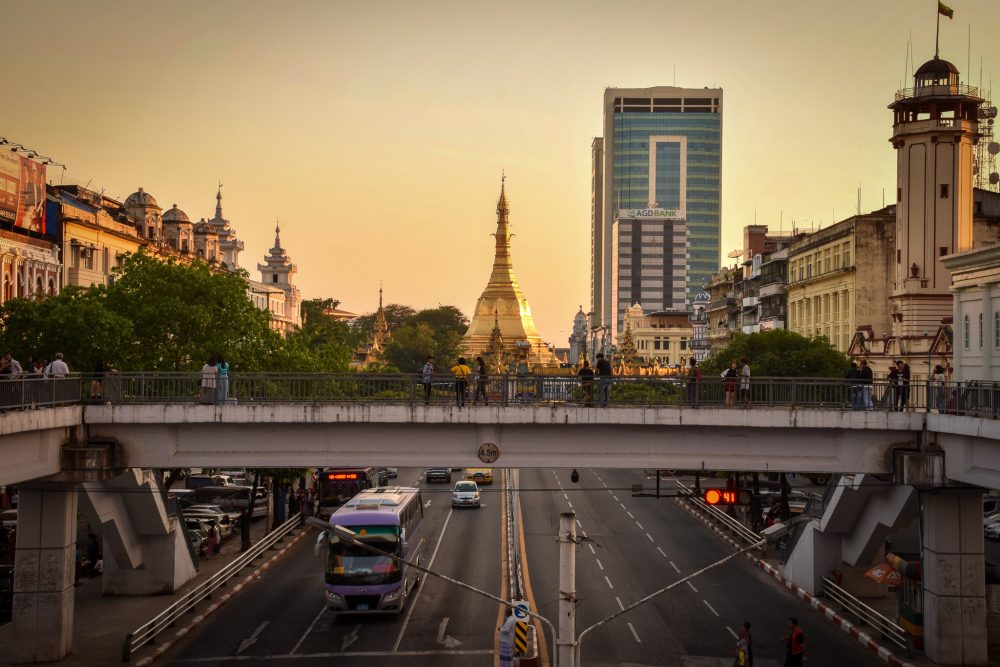
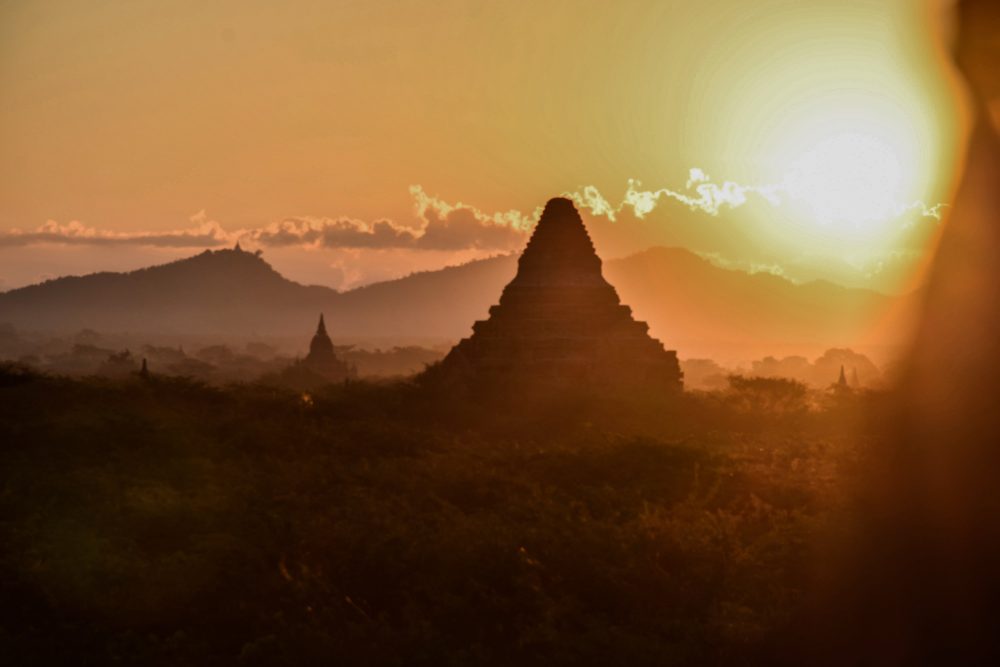
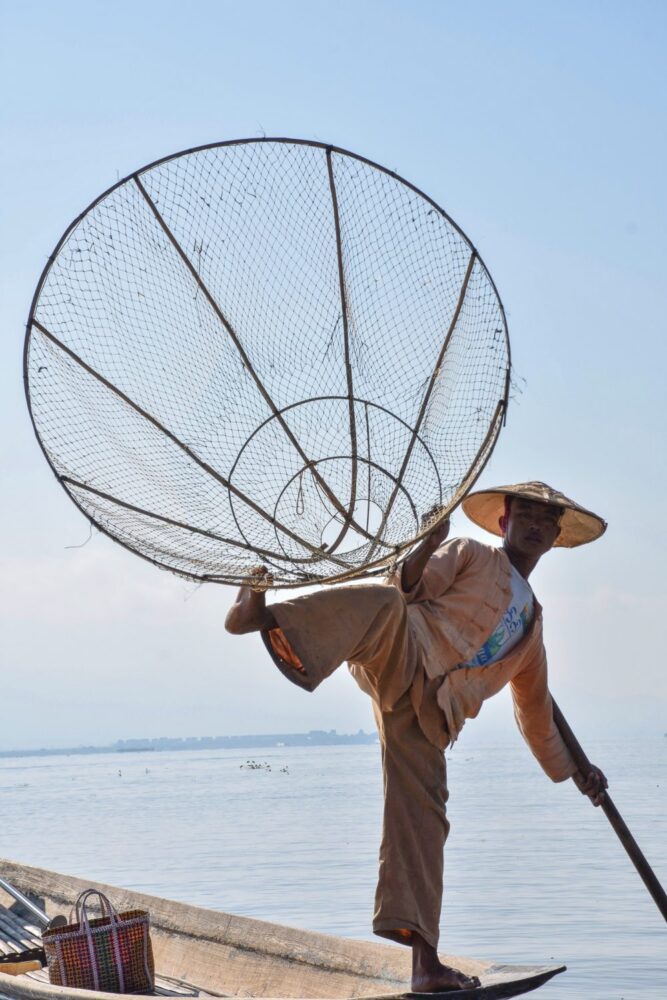


5 Comments
17 Must-See Myanmar Attractions you Absolutely Cannot Miss
March 28, 2020 at 1:09 am[…] If you’re just starting to plan your trip to Myanmar check out my guide on everything you need to know before you visit. […]
Caroline Muller
April 18, 2020 at 10:39 amMyanmar was such a beautiful country to visit. I would love to go back one day and spend a bit more time there though.
BELLA
April 18, 2020 at 11:01 amI love Myanmar! And what lovely photos. You’ve made me want to go back!
Katja | placesandnotes
April 18, 2020 at 11:07 amThat´s such a great guide! I´ve been to many Asian countries but somehow not yet to MYanmar and it´s high up on my list. Bookmarking this post for when we can all travel again 🙂
Carla Vianna
April 19, 2020 at 9:24 amLove how comprehensive this guide is!